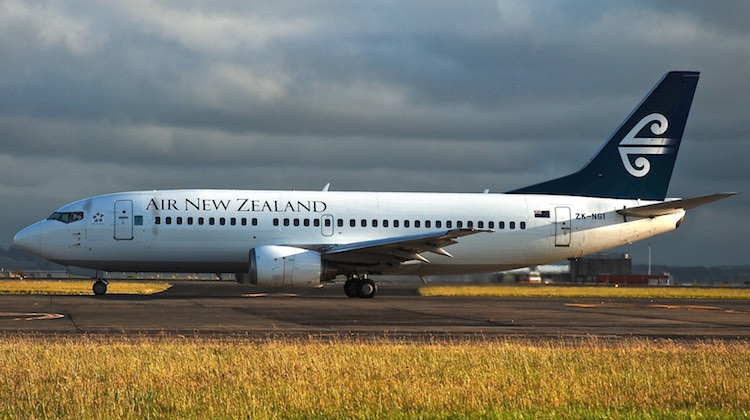
Air New Zealand has retired its iconic Boeing 737-300 aircraft, with the final flight, NZ557 between Auckland and Christchurch, operated by ZK-NGI on September 6. It closed a chapter of domestic and trans-Tasman aviation that the airline has been marking, well aware of the historic nature of these aircraft and the relationship New Zealanders have with them.
The Kiwi carrier operated the Boeing 737 for 47 years, since the delivery of the first 737-200 aircraft to predecessor airline National Airways Corporation (NAC), registered, appropriately enough, ZK-NAC, in 1968.
“For many New Zealanders, their first flight was probably on a 737 jet, so there are a lot of memories of this aircraft,” Air New Zealand’s fleet manager for the 737-300, first officer Angus Black, told Australian Aviation.
“Air New Zealand was the first airline in the world outside of the USA and Europe to operate the 737,” Black said.
“Our 737-200 fleet made more than 825,000 flights during its 33 years with the airline. Our first Boeing 737-300 joined our fleet in early 1998 – delivered in a special millennium colour scheme. Since then we’ve operated a total of 23 737-300s.”
Air New Zealand’s first Boeing 737‑300 arrived to supplant the -200 fleet in 1998. Indeed, “Air New Zealand purchased the last 737-300 ‘classic’ produced by Boeing [ZK-NKJ] back in 1999. This particular aircraft has flown nearly 36,000 hours and was one of our last few in the fleet,” Black says.
After operating its final commercial flight on September 6, ZK-NGI began a farewell tour of New Zealand, including operating scenic flights from Christchurch, Wellington and Auckland and visiting a number of regional centres.
Retirement from Air New Zealand service may not be the end of the line for the airline’s last 737s.
“We’ll prepare the final aircraft in the 737-300 fleet for sale. The sale is currently under negotiation so we can’t go into details about that. However, it is likely they will continue to be operated commercially,” Black noted.


















Norman Hogwood
says:Just a small correction. Apart from operating domestically and trans-Tasman, the Air NZ B737 fleet, for a while, flew the famous Coral Route, Auckland, Nadi, Rarotonga, Tahiti. While carrying out staff duty, I flew the leg between Nadi and Rarotonga in one of their B737-200’s.
Paul
says:I flew on the last flight. It was barely advertised, only found out when i got a heads up from a dispatcher mate. We should also be preserving one as they have become an icon of our travel and a most successful unsung transport success story. Ex ZK-NAD (19930/ln66), the second 737 delivered to NAC still exists, in USA. It has a tangible link with Boeing and New Zealand as apart from being the first customer outside USA or Europe, NZ operated the very first two planes ever built by Boeing, the seaplanes operated by Walsh Brothers second hand in 1918. A whole 50 eyars would elapse before we bought the next, the model 737 in 1968. Indeed this history was not forgotten when ZK-NAC was rolled out, as a replica of the seaplane was posed with her to mark the link. Now we begin to see the value of ZK-NAD.
But sadly it seems we don’t seem to be as good as Aussies are at preserving the jetliner era of our aviation heritage.
David Cannon
says:I share your sentiments, Paul. A 737 flight to Christchurch on 7 May 1975, when I was 9 years old, is the first flight of any kind that I can remember (I’m told that I had too Viscount flights as a baby, but of course I don’t remember those).
I remember the arrival of the first 737s in 1968. I was only 3 years old at the time, so it’s one of my earliest childhood memories. I was fascinated by the lack of propellers – how could there be such a thing as a plane without propellers? My father tried to explain, but of course I was too young to understand.
Ian Simmons
says:The very first Boeing 737-200 ZK=NAC arrived in New Zealand on the 18 September 1968 my 17th birthday and last year at high school, and now the last service as above was flown by Boeing 737-300 ZK-NGI on 6 September 2015. Nearly 47 years. in service. I am now 64. How time has “flown”.